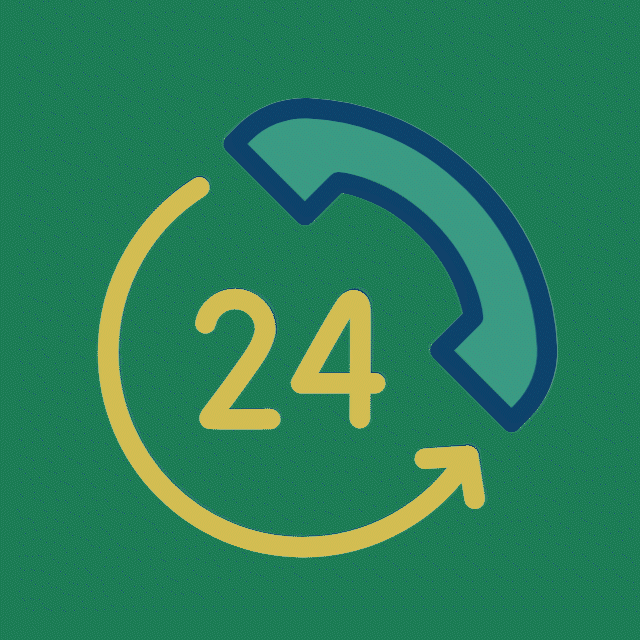Disaster Resilience
Published On:

The article discusses Nagapattinam's recovery journey after the 2004 tsunami and highlights disaster resilience and preparedness measures.
Nagapattinam, Tamil Nadu, one of the hardest-hit regions during the 2004 Indian Ocean tsunami, showcased a model for disaster recovery and resilience. Initially, recovery involved clearing debris, mobilizing military and local resources, and addressing urgent needs like food, shelter, and infrastructure restoration. Over 50,000 multi-hazard shelters were constructed, emphasizing safety and resilience. Women's self-help groups, alternative livelihoods, and education initiatives were prioritized to enhance community resilience.
Infrastructure, such as modern ports, fishing harbors, and fortified coastal defenses, was strengthened. Roads, bridges, and escape routes were rebuilt to ensure mobility and safety. Over 400 NGOs actively participated in recovery, addressing needs like education, health, and economic independence for marginalized communities. Special attention was given to women, children, and differently-abled individuals, offering vocational training, psychological support, and life skills programs.
Disaster management saw systemic reforms like the National Disaster Management Act, 2005, and decentralized planning at state and district levels to suit local needs. The contrast between global disaster responses, such as in Haiti and Chile, emphasized the importance of preventive measures, risk reduction, and strict building codes. Nagapattinam's experience underscored the critical role of local participation and the need for preemptive planning to reduce vulnerabilities. It serves as a global case study for disaster recovery, resilience, and community empowerment.
